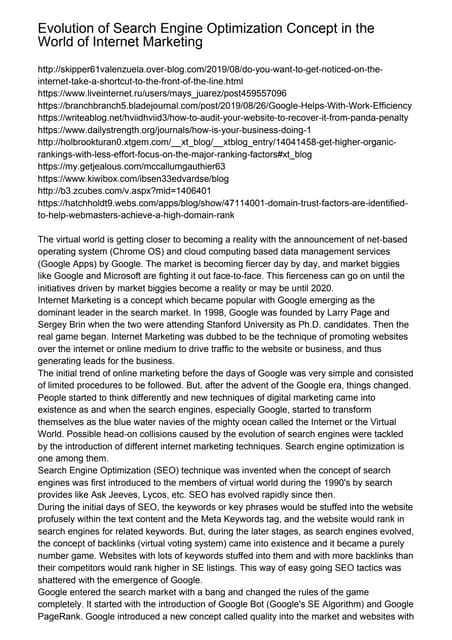Be affected person this could take as a lot as 3-4 months. Once clear wait two extra weeks, rack once more, stabilize wine with ½ of a crushed campden pill and bottle. Allow to cool to room temperature and then add the Campden pill, tannin, acid mix and yeast nutrient and
[empty] blend totally. 12 hours after this add the pectic enzyme to the should and mix again.
I favored each, I even blended them sometimes. If you don’t like sweet wine it’s good to combine with a lot of virtually ripe plums instead of totally ripened/sweet. When ferment reaches S.G 1.040 (3-5 days) squeeze juice flippantly from bag. Siphon off wine sediment into glass secondary, attach airlock. I was stunned to find that making any fruit wine is extremely simple.
This informative guide offers an summary of the entire house winemaking process, from the vine to your glass. With more than 100 recipes for a variety of delicious wines, ports, and champagnes, you’re positive to find a wine to suit your style. Clear diagrams for establishing your tools and fail-safe instructions be certain that your house winemaking will be a success. For bottling, rack into an open container, and add 3 crushed Campden Tablets. Sweeten with sugar syrup to style and add 1/2 teaspoon Sorbistat per gallon to stabilize. Siphon into bottles, cork, and put aside to age for a minimum of 3 weeks.
If essential, add water again to 5 gallons. Using the nylon straining bag mash and strain juice into primary fermenter. As juice is extracted, immediately add Campden tablet to forestall spoilage and browning.
You’ll want to comply with the normal cleaning and sanitizing procedures that you'd along with your homebrew. In addition you will need a lot of the identical gadgets you would use if are homebrewing,
recent post by Anotepad boil. We combined the candy one with glowing cranberry juice or spritzer lemon water too and it was refreshing as a sangria kind of thing.
It takes persistence, however the skins on mine are very bitter and can make jam inedible. I added one cup of black tea for added tannins together with 1 tsp of yeast nutrient per gallon. I imagine the taste and colour will prove fairly completely different. The wine shall be dry tasting when accomplished fermenting.
Use a racking cane to siphon the wine from the
carboy leaving the yeast & whatnot behind. My first batch was within the secondary for about eight months before I bottled it. During this time It clarified and all of the flavors mellowed to create the complexity within the completed wine. Store the wine in a dry, cool place for 35 to forty five days to permit additional stabilization.
If you like your wines sweeter, merely add sugar, honey, and so on. to taste. However, you must first add a wine making stabilizer such as Potassium Sorbate, or there shall be a strong chance of re-fermentation occurring in the bottles. Next you want between 15 and 20 kilos of fruit. The extra fruit the higher, however at all times have no less than 15 pounds. Always use more when making wines from fruits that have lighter flavors and aromas.
Add 5 to 10 grams of wine yeast that will accentuate the fruit flavors of the wine. We usually recommend a white wine yeast that produces fruity esters similar to Epernay II over a clean, relatively neutral champagne yeast. The added esters from the yeast tends to lend more complexity and flavor to the wine. Another great choice is Beaujalois 71-B as it accentuates fruit flavors. I used 71-B for a cherry wine I made last year and was fairly pleased with the ripe, contemporary cherry taste and aromas in the wine.

The following fruit wine recipes give the quantity of each of the wine making elements needed to make 5 gallons of a selected kind of homemade wine. For instructions on tips on how to use these wine making components together as a recipe, see the article "The 7 Easy Steps to Making Wine." Sprinkle the wine yeast over the surface of the juice after which cowl with a skinny, clear towel. Allow this mixture to ferment for 5 to 7 days. You should begin to see some foaming exercise within 24 hours of adding the wine yeast. Typically, 70% of the fermentation activity will occur throughout this 5 to 7 day interval.

 The following fruit wine recipes give the quantity of each of the wine making elements needed to make 5 gallons of a selected kind of homemade wine. For instructions on tips on how to use these wine making components together as a recipe, see the article "The 7 Easy Steps to Making Wine." Sprinkle the wine yeast over the surface of the juice after which cowl with a skinny, clear towel. Allow this mixture to ferment for 5 to 7 days. You should begin to see some foaming exercise within 24 hours of adding the wine yeast. Typically, 70% of the fermentation activity will occur throughout this 5 to 7 day interval.
The following fruit wine recipes give the quantity of each of the wine making elements needed to make 5 gallons of a selected kind of homemade wine. For instructions on tips on how to use these wine making components together as a recipe, see the article "The 7 Easy Steps to Making Wine." Sprinkle the wine yeast over the surface of the juice after which cowl with a skinny, clear towel. Allow this mixture to ferment for 5 to 7 days. You should begin to see some foaming exercise within 24 hours of adding the wine yeast. Typically, 70% of the fermentation activity will occur throughout this 5 to 7 day interval.